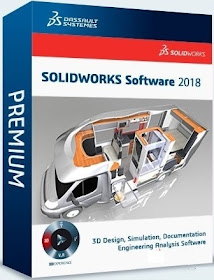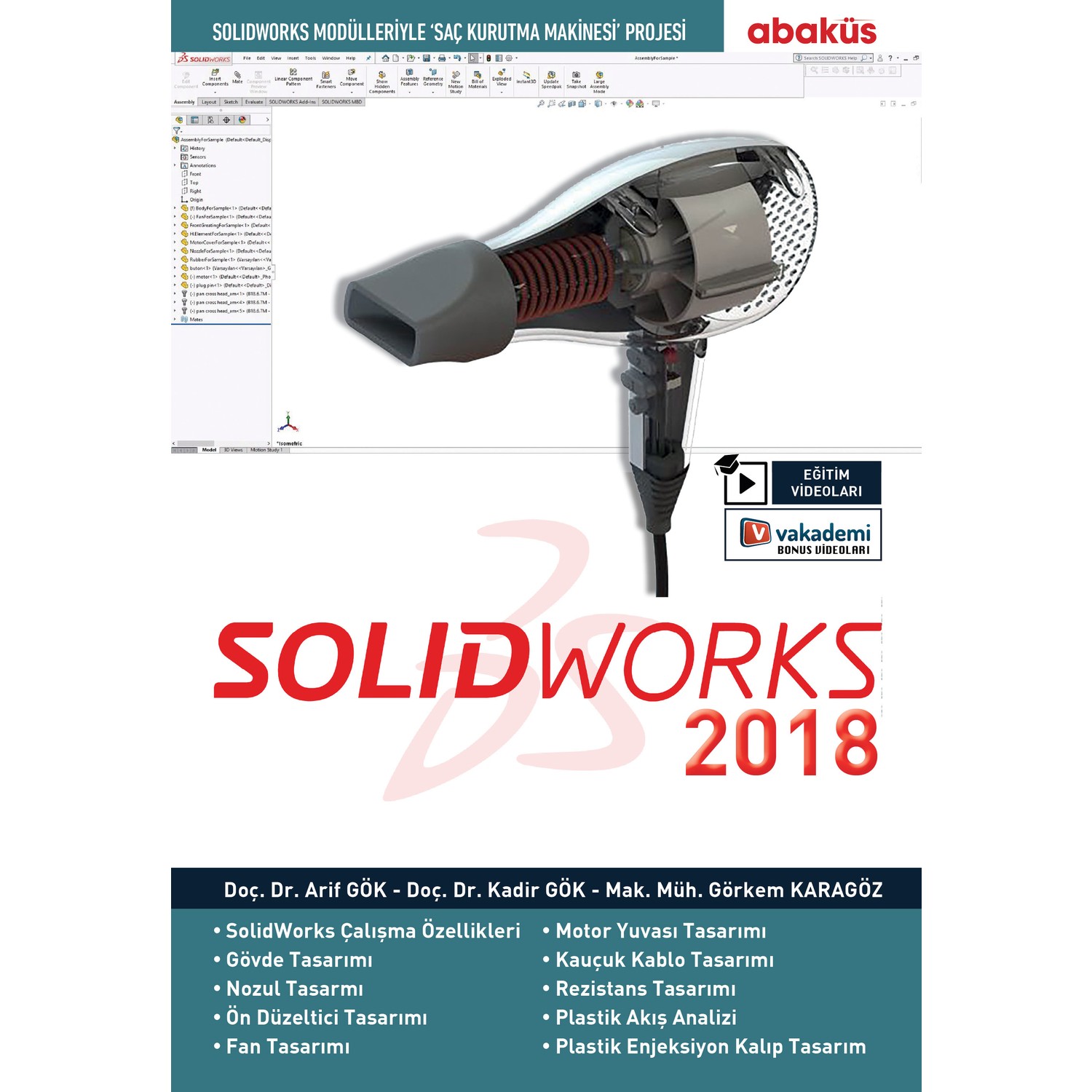

This test was a little complicated by the SWAP problem that did not have enough memory available, but an improvement of 55,8%.

Use multiple cores – while the impact of multiple cores on SOLIDWORKS processing speed may vary depending on the test used, this benchmark showed a performance improvement of a leat 18,8%.Reduce Top Level Mates and enable unlocking of assemblies as rigid (15% improvement).This can be difficult because overclocking can cause heat problems, but overclocking is standard on the Box system used by the CATI team for the benchmark (12,1% improvement). Of course, you won`t want to turn off the TransMagic add-in, as this is a huge time saver and work multiplier that allows users to open and save their formats, with typed, instant model repair tools (10,8% savings). Turn off the unused SOLIDWORKS add-ins.It is important to keep in mind that the CATI team focuses on pure speed, while in practice users have to find a balance between speed and necessary features (9,1% savings).

This includes turning off settings such as transparency and turning off various quality settings. This disables eye shadows such as drop shadows under windows and icons, animated windows when minimizing and maximizing, and so on (8,5% savings). Adjust the Windows Visual Effects settings (found in Performance Options) for optimal performance.

Finally, the CATI team was able to shift the total benchmark time from over 5 hours to just under 55 minutes. The study takes an assembly of 6.000 parts and 2.4 Gb and guides it through a SOLIDWORKS 2012 benchmark to determine how changes in settings and hardware components affect performance. Their detailed analysis revealed a plethora of performance enhancements that in many cases can be transferred to other CAD systems.Ħ.000 parts, 2.4 Gb, from 5 hours down to 55 minutes. (CATI) have written an excellent paper on maximizing SOLIDWORKS performance that is a must for every CAD user. Three years ago, Josh Altergott and Adrian Fanroy of Computer Aided Technology, Inc.


 0 kommentar(er)
0 kommentar(er)
